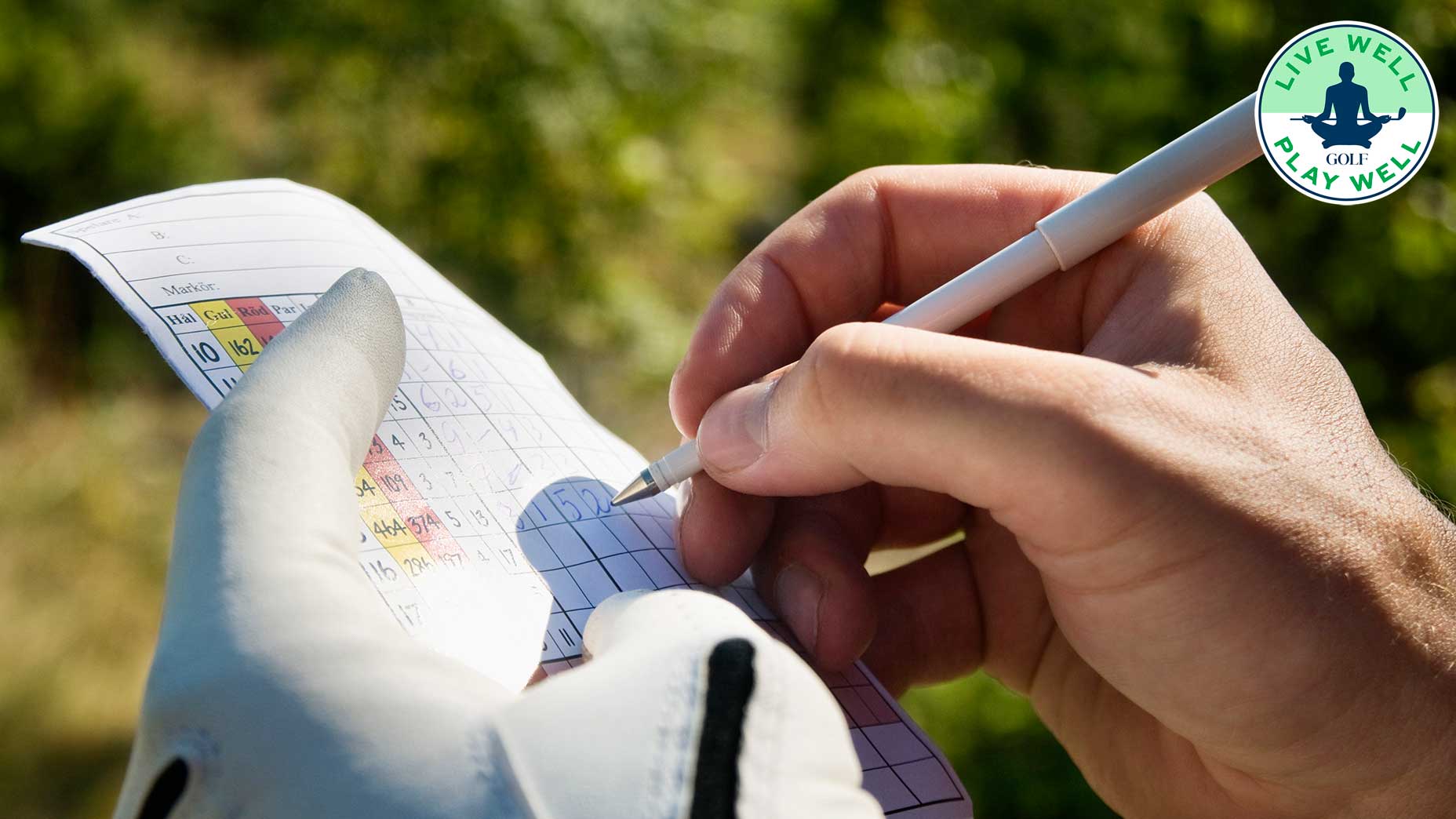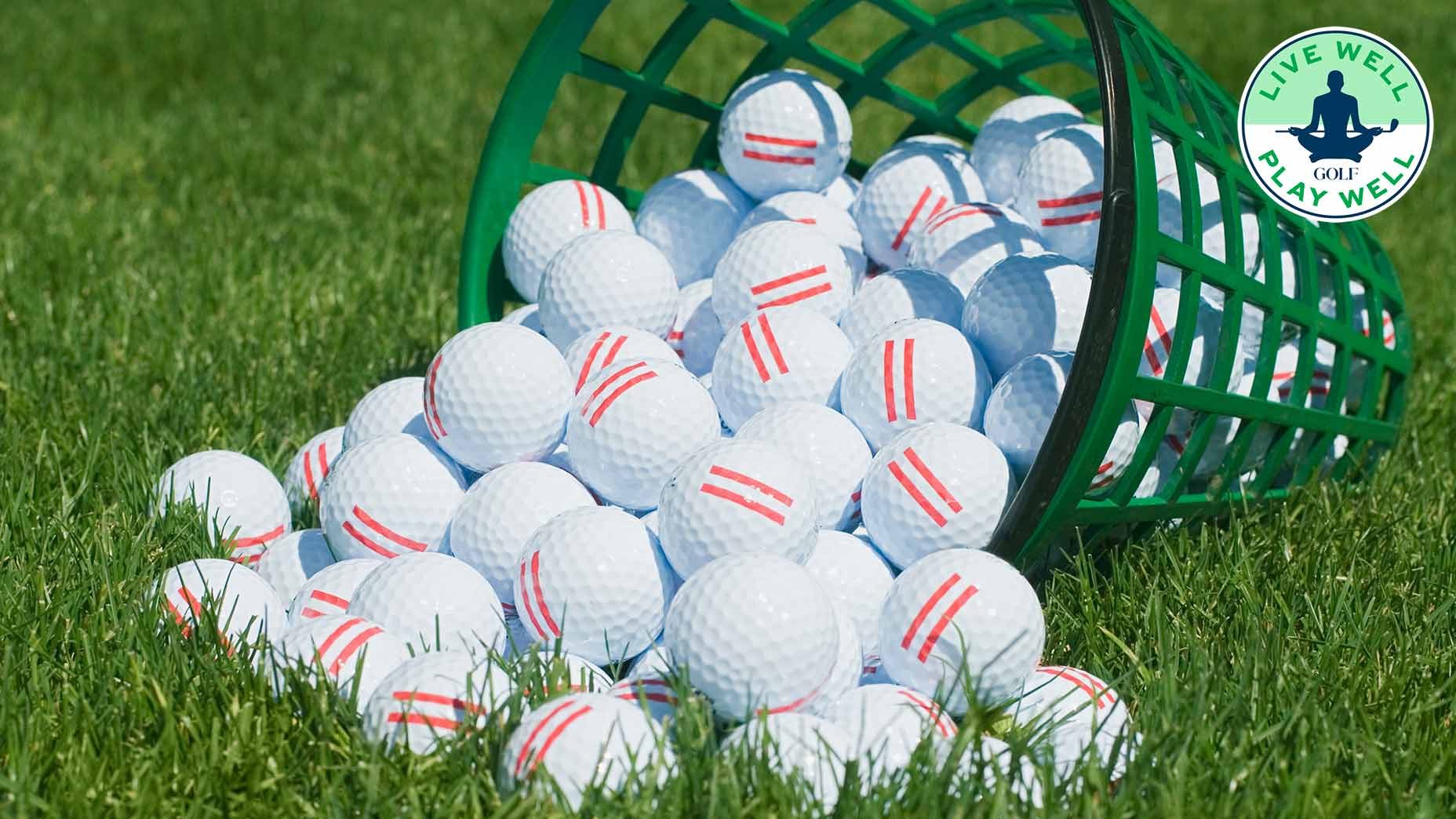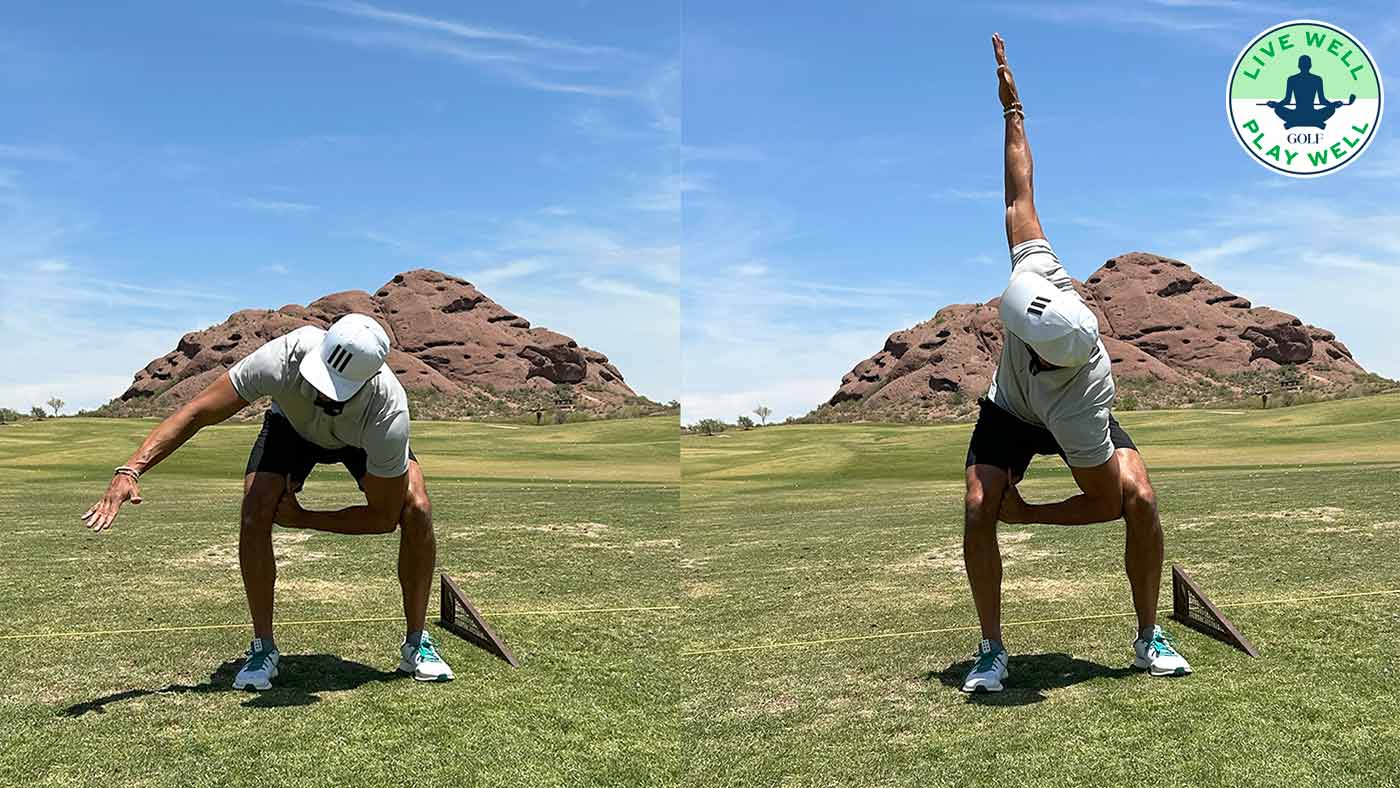Golf tracking 101: Record these stats and track your goals for better scores

A great way to improve your game is to focus on statistical tracking during your rounds, then creating goals. Here's a simple guide to start.
Getty Images
Welcome to Live Well, Play Well, a health and wellness franchise that’ll help you make smarter lifestyle choices so you can feel better on and off the golf course.
A great way to improve your game is to focus on statistical tracking during your rounds. This gives you a clear idea of where your game is strong and where it needs the most work. To start, golfers should track three stats in particular: fairways hit, greens in regulation (GIR) and putts.
Then, once tracking them, comes the most important part: setting goals, which will help you identify areas of improvement and, eventually, overall improvement.
For fairways, you want to track if your tee shots are hitting the fairway, as this is an essential skill and a pretty good indicator of how accurate (or not) you are being when it comes to driving accuracy. Greens in regulation will tell you how many scoring chances you are giving yourselves, and for putts you want to track how many putts you have on the putting surface only.
Here are some stat goals based on your Handicap Index:

By collecting these stats throughout your round, you can then review this information and get some feedback from an instructor. These stats above are quite important because they go a long way to determining what you need to work on and what parts of the course seem to be causing you the most trouble.
Then, you know what parts of your game are strongest (and weakest) and, thus, where you need to start directing the most work and attention.
Advanced golf stats you should look at
Now, if you want to take your game to the next level, you need to look at some advanced golf stats. Here are three stats that are crucial to the development of a better all-around golf game.
Feet of putts made. This matters because it can give you a more in-depth look at how well your putter is performing. You don’t have to track this too scientifically — you don’t need to bring a tape measure! — but you should be able to put together a good estimate throughout your round.
Distance of approach shot and club used. This helps you understand how far each of your clubs goes and will help you see certain patterns with your distances and club selection. Are you missing more with a 9-iron than a 7-iron? This would help you find out, and you can tweak your practice because of it.
Distance of first putt. The distance of your first putt can give you feedback on how accurate your wedges, irons and woods are.
So there you have it. A beginner’s guide to stat tracking, plus an advanced set of goals for when you are ready to step two. Both should help you understand more about your golf game.
Tori Totlis is the founder of Compete Confidence Golf and host of the T-Time with Tori Totlis Podcast. She covers everything from golf fitness, instruction, lifestyle and more. You can follow her on Instagram here.







